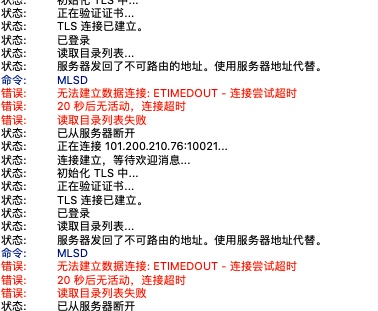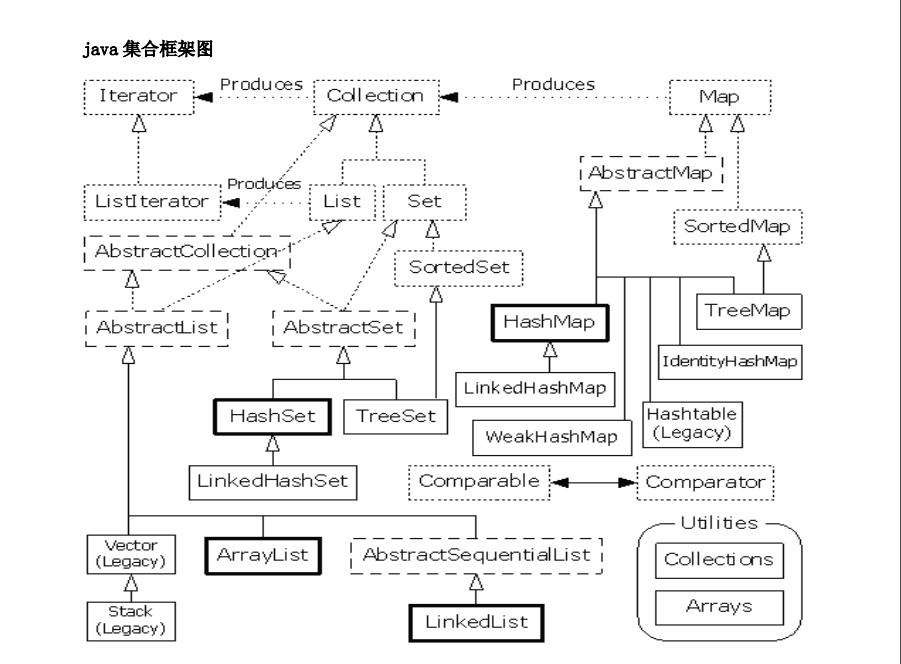Vue + Node 项目中的跨域请求
需要:Vue-cli 2.x 版本和 Vue-cli 3.0
修改vue.config.js
module.exports = {
// 配置跨域代理
devServer: {
proxy: {
'/api': {
target: 'http://localhost:8081', // 你自己的api接口地址
changeOrigin: true,
ws: true,
pathRewrite: {
'^/api': '/api/',
}
}
}
}
};
上面的代码等同于一下代码:
module.exports = {
// 配置跨域代理
devServer: {
proxy: {
'/api': {
target: 'http://localhost:8081/api', // 你自己的api接口地址
changeOrigin: true,
ws: true,
pathRewrite: {
'^/api': '',
}
}
}
}
};
调用
import axios from 'axios';
export default {
data() {
return {}
},
created() {
axios({
method: 'get',
url: "/api/goods"
}).then(data => {
console.log(data);
});
}
};
后端设置
var express = require('express');
var app = express();
// api 返回的结果
const goods = {
name: "goods",
weight: 200
};
// 设置跨域
app.all("*", function (req, res, next) {
res.header("Access-Control-Allow-Origin", "*"); //设置允许跨域的域名,*代表允许任意域名跨域
res.header("Access-Control-Allow-Headers", "content-type"); //允许的header类型
res.header("Access-Control-Allow-Methods", "DELETE,PUT,POST,GET,OPTIONS"); //跨域允许的请求方式
if (req.method.toLowerCase() == 'options')
res.send(200); //让options尝试请求快速结束
else
next();
});
app.get('/api/goods', (req, res) => {
res.json({
errno: 200,
data: goods
});
});
var server = app.listen(8081, () => {
var host = server.address().address;
var port = server.address().port;
console.log('Server is running at: http://%s:%s', host, port);
})
再次调用
import axios from 'axios';
export default {
data() {
return {}
},
created() {
axios({
method: 'get',
url: "http://localhost:8081/api/goods"
}).then(data => {
console.log(data);
});
}
};
点赞





评论